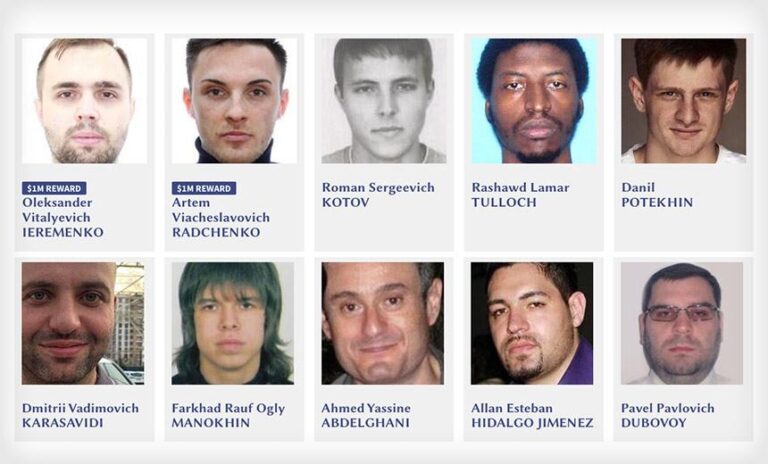Assessing the Proposal to Transfer US Inmates to El SalvadorŌĆÖs Newly Built Mega-Prison
Addressing Prison Overpopulation: The US-El Salvador Inmate Relocation Initiative
Amid escalating costs and severe overcrowding in American correctional institutions, the United States is exploring a novel approach: transferring select prisoners to a state-of-the-art, large-capacity prison facility recently established in El Salvador. This plan aims to alleviate the pressure on US jails while sparking complex discussions about sovereignty, prisoner welfare, and international partnerships. Originally constructed to combat El SalvadorŌĆÖs pervasive gang violence, this mega-prison now plays a central role in this emerging transnational correctional strategy.
Potential Impacts of Relocating US Prisoners to El SalvadorŌĆÖs Detention Facility
Transferring American inmates to El SalvadorŌĆÖs expansive prison complex represents a significant shift from conventional incarceration methods and could redefine international penal collaboration. Proponents emphasize several advantages, such as:
- Substantial easing of overcrowding in US correctional facilities
- Marked decrease in the annual costs associated with incarceration
- Access to cutting-edge security systems designed to counter gang-related threats
However, this strategy also introduces considerable obstacles, including:
- Legal complexities surrounding jurisdiction and protection of inmate rights
- Concerns about maintaining humane detention conditions abroad
- Risks of diplomatic tensions affecting bilateral relations
To provide perspective, the following table compares key incarceration statistics between the United States and El SalvadorŌĆÖs mega-prison:
| Indicator | United States | El Salvador Mega-Prison |
|---|---|---|
| Prisoner Count | Approximately 2.3 million | Nearly 40,000 |
| Annual Cost per Inmate | About $33,000 | Approximately $7,500 |
| Security Level | Varies by facility | Maximum security |
While the financial and operational incentives are persuasive, legal experts and the public urge caution. Ensuring transparent administration and safeguarding prisoner rights will be essential if this initiative moves forward.
Human Rights and Legal Challenges in Cross-National Prisoner Transfers
The idea of relocating US inmates to El SalvadorŌĆÖs mega-prison has raised alarms among human rights organizations and legal analysts. El SalvadorŌĆÖs prison system has been criticized for overcrowding and reports of mistreatment, casting doubt on its compliance with the United Nations Standard Minimum Rules for the Treatment of Prisoners (Nelson Mandela Rules). Critics argue that financial savings must not compromise humane treatment, underscoring the need for strict oversight prior to any transfers.
From a legal perspective, international prisoner transfers involve several intricate issues, including:
- Compliance with extradition and transfer regulations: Ensuring both nationsŌĆÖ legal frameworks are honored
- Protection of due process rights: Preventing arbitrary detention and safeguarding legal protections abroad
- Assessment of detention conditions: Verifying that the receiving facility meets international human rights benchmarks
- Consular access rights: Guaranteeing US officials can monitor and assist their nationals
| Legal Aspect | Main Concern | Potential Barrier |
|---|---|---|
| National Sovereignty | Respect for host countryŌĆÖs judicial system | Possible conflicts with US legal safeguards |
| Human Rights Monitoring | Ensuring transparency and accountability | Limited independent inspections and oversight |
| International Agreements | Adherence to bilateral and multilateral treaties | Unclear transfer protocols and enforcement mechanisms |
Operational and Security Challenges in International Prisoner Transfers
Transporting inmates across borders demands precise coordination among diplomatic channels, law enforcement, and correctional authorities. The transfer to El SalvadorŌĆÖs mega-prison would require secure transit solutions, such as armored vehicles equipped with GPS tracking and encrypted communications, alongside contingency plans to prevent escapes or external interference.
Once inmates arrive, their management would follow strict protocols tailored to the facilityŌĆÖs maximum-security environment. Continuous surveillance and regular behavioral evaluations aim to reduce tensions and deter gang-related violence. Collaborative training programs for US and Salvadoran correctional staff will emphasize cultural awareness, legal compliance, and emergency response. Additional operational measures include:
- 24/7 perimeter security featuring motion sensors and drone patrols
- Integrated digital platforms enabling real-time inmate data sharing between countries
- Onsite rapid response teams prepared for critical incidents
- Provision of multilingual legal and mental health support services
| Security Feature | Purpose | Current Status |
|---|---|---|
| Biometric Access Controls | Prevent unauthorized entry | Under development |
| Real-Time Transport Surveillance | Securely monitor inmate movements | Fully operational |
| Joint Staff Training | Improve coordination and response | Ongoing |
Policy Recommendations for Strengthening US-El Salvador Prison Collaboration
As discussions progress on transferring US inmates to El SalvadorŌĆÖs mega-prison, it is vital that policymakers focus on frameworks that uphold human dignity and promote rehabilitation. Enhancing cooperation should involve transparent oversight mechanisms, including joint monitoring committees and regular independent human rights audits to foster trust and accountability.
Key strategies for effective partnership include:
- Establishing clear legal agreements outlining prisoner rights and transfer protocols
- Investing in facility upgrades to meet international detention standards
- Implementing joint rehabilitation and reintegration programs to reduce recidivism
- Creating comprehensive data-sharing systems to track inmate welfare and legal processes
| Policy Area | US Strategy | El Salvador Strategy |
|---|---|---|
| Security Measures | Focus on strict discipline and order | Emphasis on gang violence suppression |
| Human Rights Enforcement | Independent oversight with legal authority | Building stronger international partnerships |
| Rehabilitation Programs | Established vocational and educational initiatives | Developing prisoner reintegration efforts |
Future Outlook: Balancing Domestic Needs and International Responsibilities in Prisoner Transfers
The ongoing discussion about relocating US inmates to El SalvadorŌĆÖs mega-prison highlights the delicate balance between addressing domestic incarceration challenges and honoring international legal and ethical obligations. While this proposal could provide much-needed relief from overcrowding and reduce costs, it simultaneously raises critical concerns about human rights protections and diplomatic relations. The coming months will be pivotal in determining the viability of this controversial plan, reflecting broader themes of criminal justice reform and international cooperation in the modern era.




